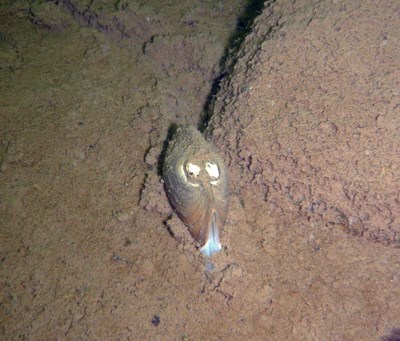
NPS/Paul Brown While clams in some island lakes thrive in densities not seen since pre-settlement times, other lakes have no clams at all. Streams, which on the mainland often contain large numbers of clams, appear to be devoid of clams on the island. Theories for this patchwork distribution include the lack of sufficient sand or gravel substrate in streams, which clams burrow into during winter, and that some lakes may have natural chemical profiles that inhibit clam survival. Copper deposits, which clams are highly sensitive to, may be a problem, while some lakes may have never been colonized by clams. Isle Royale clam populations are becoming increasingly important and rare, as clams around the Great Lakes are lost to suburban sprawl, impacts from herbicides and pesticides, and introductions of non-native and rapidly expanding clam species such as the zebra mussel. A non-native fish, the round goby, could also produce major deleterious impacts on inland lake ecosystems. Visitors can help reduce these threats by cleaning boats, canoes, and kayaks prior to visiting the park. |
Last updated: October 10, 2019
